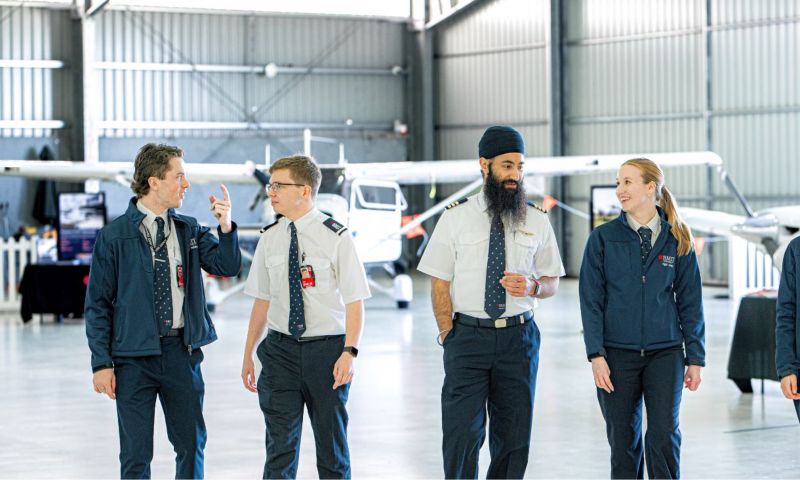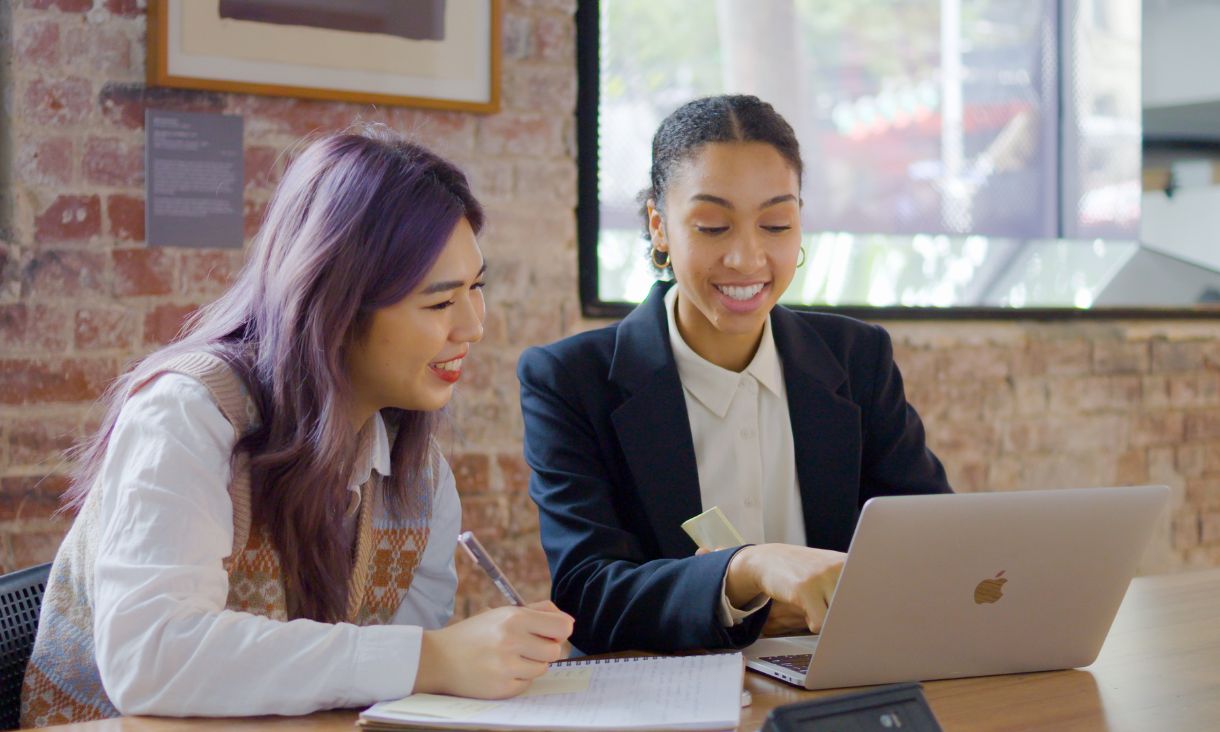Postgraduate business studies revitalised with inclusion at heart
The Business Research Design course has undergone a significant redesign, transforming it from a research pathway course to one that ensures social impact and inclusive practice are integrated throughout the learning experience.
In Conversation - Open education and copyright
Copyright is a crucial but often mystifying element of open education. Here, RMIT’s Deputy General Counsel explains copyright and the role it plays in relation to open educational practices.
Progressing disability inclusion in learning
Vice-Chancellor’s Senior Research Fellow and educator, Dr Kate Anderson, discusses her passion for accessible approaches to learning and shares advice for educators about creating safe and inclusive environments for all learners.
Topical conversations with industry experts bring AAA pedagogy alive
Professor Alberto Posso, course-coordinator of ‘Understanding the business environment’, conducts meaningful, relevant conversations with industry experts aligned to weekly topics to build contextual understanding of business sectors and career options.





